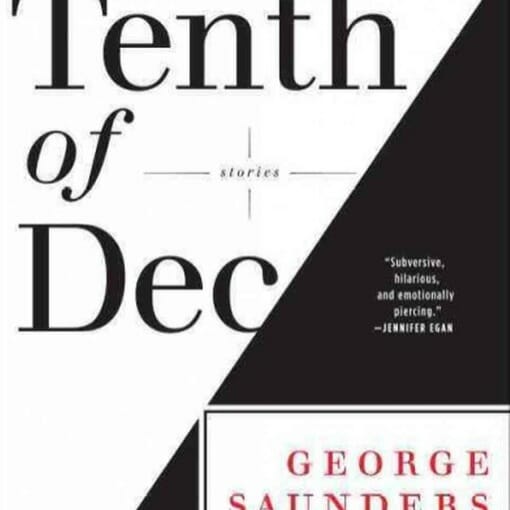Tenth of December by George Saunders
A perfect Tenth

The other day, I spent a few hours walking around Seattle’s University District. Not much had changed since I went to school there in the early ‘00s. The same cheap restaurants, dingy dives and crowded coffee shops lined the streets of University Avenue. But as I sat in a cafe reading George Saunders’ Tenth Of December on my e-reader, I couldn’t shake an eerie sensation that something was off.
I looked up to realize that everyone else in the place also had their eyes fixed upon some form of glowing rectangular screen. Outside, on the street, it was the same—every person at the bus stop and most of the pedestrians passing by peered into smartphones, tablets and laptops, oblivious to the world around them.
Of course, this behavior seems perfectly normal in an urban neighborhood in 2013. But by returning to a place I knew before the rise of these now ubiquitous technologies, a place I associated with fond memories of reading actual books and engaging in actual conversations with actual people, I momentarily glimpsed how our sense of normalcy can change. It transforms quickly into something that would have seemed utterly bizarre just 10 Decembers ago.
-

-

-

-

-

-

-

-

-

-

-

-

-

-

-

-

-

-

-

-

-

-

-

-

-

-

-

-

-

-

-

-

-

-

-

-

-

-

-

-








































